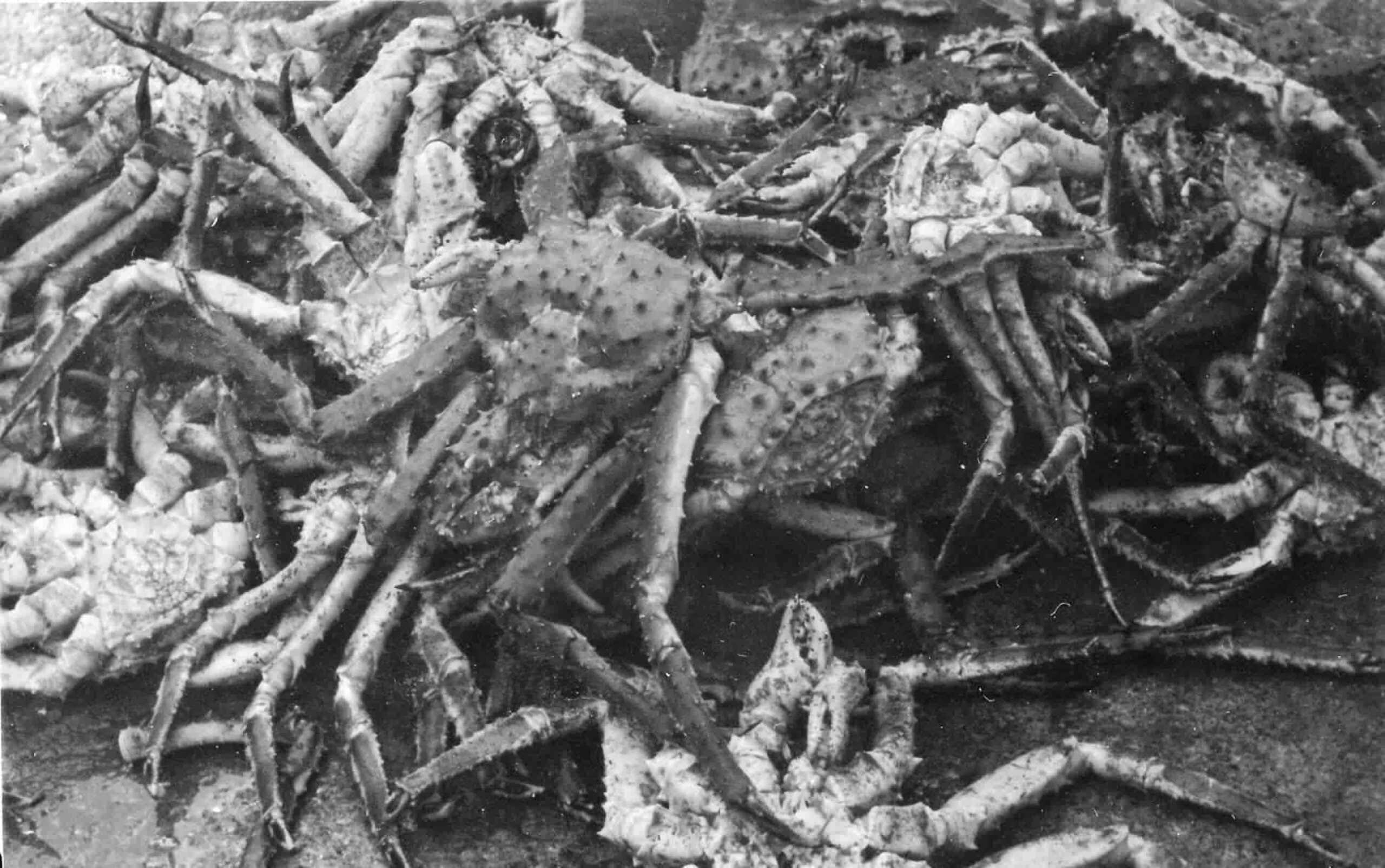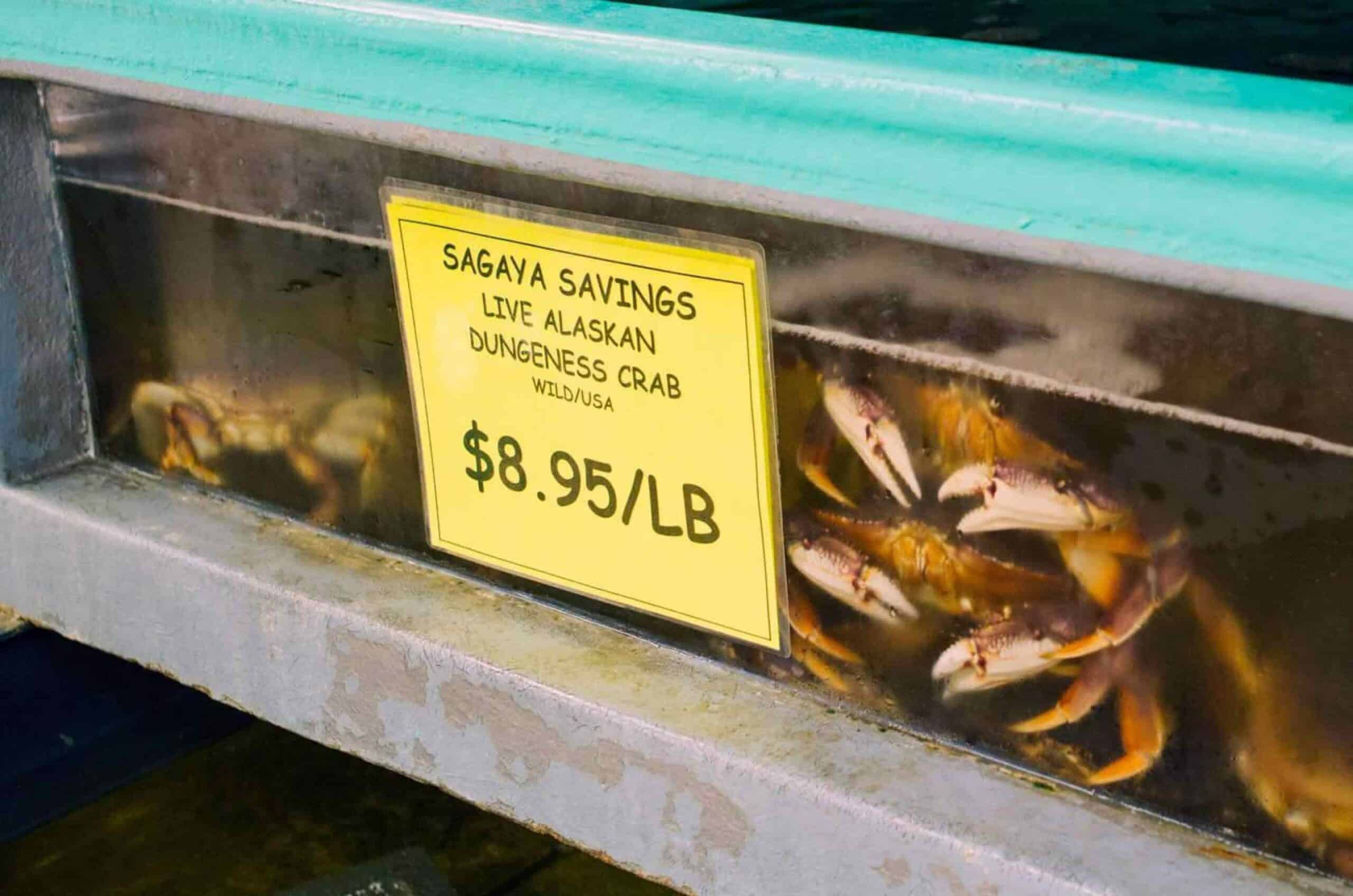
The News was first published in CNN, here republished as a climate changing initiative.
Fishermen and scientists were shocked when billions of crabs disappeared from the Bering Sea near Alaska in 2022. It wasn’t due to overfishing, as scientists explained that the warm water caused the crabs’ metabolism to increase drastically, leading to their starvation. This tragic event seems to be just one consequence of the significant changes happening in the region, according to a new study released Wednesday. The research, conducted by the National Oceanic and Atmospheric Administration, revealed that parts of the Bering Sea are becoming less Arctic, with warmer and ice-free conditions resembling those in sub-Arctic regions now being much more common than in the past before the widespread burning of fossil fuels by humans.
Michael Litzow, the lead author of the study and director for Alaska’s Kodiak lab for NOAA Fisheries, emphasized the significant changes in the Bering Sea ecosystem that have occurred in just one snow crab fisherman’s lifetime. He also pointed out that we should expect more warm years in the future, with true Arctic conditions becoming increasingly rare. Snow crabs, typically found in cold-water Arctic regions, prefer water temperatures below 2 degrees Celsius but can survive in waters up to 12 degrees Celsius.
A marine heat wave during 2018 and 2019 had a devastating impact on crabs. The warmer water led to an increase in their metabolism, but unfortunately there wasn’t enough food available to sustain them. As a result, billions of crabs ended up starving to death, leading to serious consequences for Alaska’s fishing industry in the subsequent years.
Snow crabs are an important species for the fishing industry, bringing in up to $227 million annually, as stated in a study released on Wednesday. Litzow emphasized the need for the industry to adapt quickly. He expressed concern about the future of the snow crab fishery in the face of worsening conditions. While he remains hopeful for a recovery in a short period, he cautioned that the odds are against it due to the continued poor conditions expected in the coming years. The decrease in Alaskan snow crab populations is a sign of broader changes in the Arctic ecosystem, driven by warming oceans and vanishing sea ice. The waters around Alaska are becoming less hospitable for various marine species, including red king crab and sea lions. As the Bering Sea warms up, new species are appearing and posing a threat to those that have traditionally thrived in its cold and hazardous waters, like the snow crab.

In the past, a temperature barrier in the ocean kept Pacific cod from reaching the cold habitat of crabs. However, during the 2018-2019 heat wave, Pacific cod were able to venture into these warmer waters and feed on what remained of the snow crab population. Robert Foy, director of the Alaska Fisheries Science Center, explained that changes in species distribution and prey availability have led to declines in species like Pacific cod in the Gulf of Alaska. These ecosystem changes present new challenges and opportunities for fisheries science and management. Foy mentioned that fishery managers are now using technologies such as drones and artificial intelligence to quickly detect and respond to environmental changes. Scientists have reported that the Arctic region is warming at a rate four times faster than the rest of the planet. This trend in the Bering Sea serves as a warning of what may occur in the future. Alarmingly, Litzow highlighted the impact of climate change on livelihoods, stressing the importance of acknowledging and addressing these changes.







